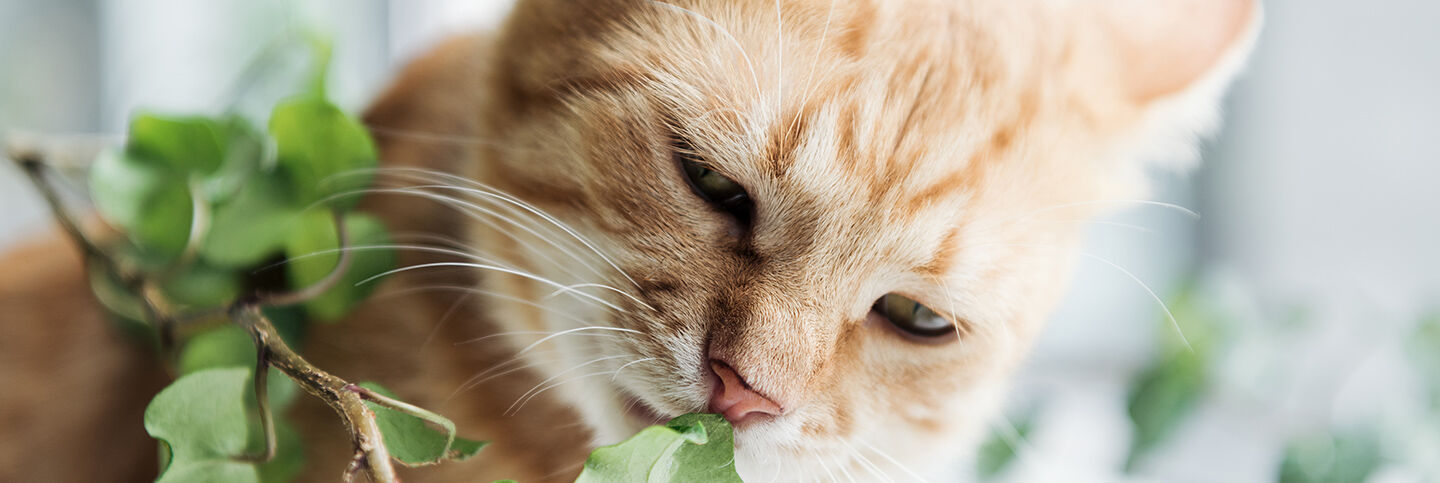Which plants are poisonous to cats?
It’s extremely unusual for your cat to eat a poisonous plant: although his instinct is to nibble on plants, his highly developed sense of taste means that he pays a great deal of attention to what he eats. However, a young cat, or one that’s overly inquisitive could be drawn to trying a toxic plant, with all the negative consequences that this could bring. These range from damage to the digestive system to problems with the skin, hair or eyes, and even neurological problems.
So that you can avoid plants that are poisonous to cats, here you have a list of the most important ones:
- Holly and mistletoe, which are typical Christmas plants, may be very bright and pretty, but they’re also highly toxic to your cat, and can cause gastrointestinal and respiratory problems, among others.
- Lilies: another very popular flower, but another one that you need to keep an eye out for because it too is toxic to cats.
Other flowers or plants that are poisonous to cats are:
- All those that belong to the liliaceae family (extremely toxic)
- The castor oil plant
- Hemlock
- Azaleas
- Saffron
- Ivy
And which plants are cat friendly?
The two best known cat-friendly plants are catnip and cat grass. But these are not the only ones that you can happily grow at home, all of those on this list are perfectly safe:
- Bamboo
- Ferns
- Basil
- Rosemary
- Sage
- Succulents
- Roses
- Orchids
- Zebra cacti
- Yellow palms
- Calatheas
How do I stop my cat from nibbling at my plants?
To keep your plants alive and well and make sure that your feline friends stays healthy, you need to:
- Provide plants that are suitable for your cat to nibble on. Planting some barley, wheat or oat seeds is a good option as a first step.
- Introduce more activities, and play more games with your cat. You could increase the number of feeding bowls in your home, give him toys that contain food, hide balls of food, make hiding places for him with cardboard boxes...
- Place the plants you want to protect out of his reach. There are lots of ways of doing this: by creating barriers, putting the plant on a top of a shelf that your cat can’t reach, hanging it from the roof, etc.
If this isn’t possible, then you can stop your cat from nibbling at your plants by spraying them with something that’s non-toxic, but that he really won’t like the taste of.
If you follow the advice above, you’ll be able to enjoy your plants without worrying that they might be toxic for your cat. In this way you’ll be absolutely sure that even if your cat does have a nibble, he won’t be in any danger.
 Copy link
Copy link
 Publish on Facebook
Publish on Facebook
 Publish on Twitter
Publish on Twitter
 Publish on WhatsApp
Publish on WhatsApp
